350 Search Results for aided language input
March 2, 2015
by Carole Zangari -
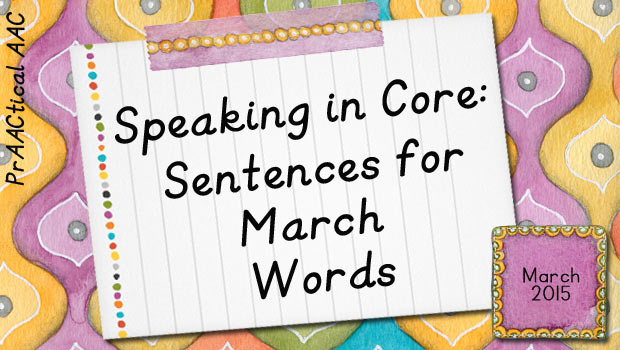
For the past 5 years, AAC practitioners have become increasingly invested in a core word approach to AAC intervention. Why spend valuable intervention time teaching words that relate only to one specific activity or environment when you could be teaching words that the learner can use all day long? Building competency with a robust base of 300-500 core words gives people the vocabulary they need to function in any environment. (Try that with AAC systems that are mostly nouns and action verbs!). How can we continually increase our clients’ competence with core words? A few years ago, we decided to approach this by focusing on 12-16 core words each month. Each month, we would highlight those words in our conversation (aided language input), direct intervention, and home programming activities with AAC learners. The repeated experiences with those 12-16 words helped the learners develop new skills, and kept the team focused... [Read More...]
February 26, 2015
by Carole Zangari -
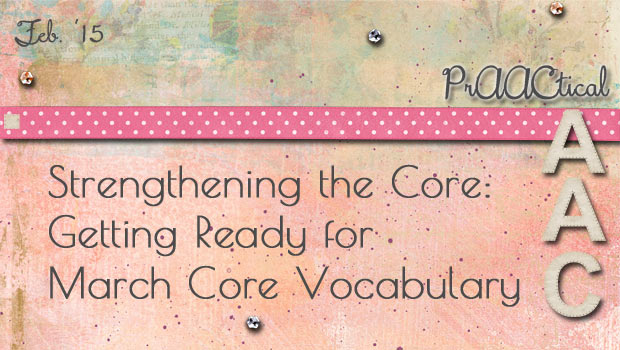
March is around the corner, so if you are following along our 2013 Year of Core (12 words/month) or the 2014 A(nother) Year of Core (16 words/month; Different than the previous year’s core words), it is time to get ready to focus on a new set of words. “Wait! My clients/students didn’t master the January or February words. Should I really go on?” Yes, you probably should! Every situation is different, of course, but for the vast majority it makes sense to move on. Sticking with the same set of words is likely to bore you and frustrate the kids. With a core word approach, it’s about progress, not perfection. We aren’t giving up on the prior words. In fact, we will continue to model them (with aided language input) and create opportunities for our learners to use them, providing supports, as needed). At the same time, we’re expanding our focus to... [Read More...]
January 29, 2015
by Carole Zangari -
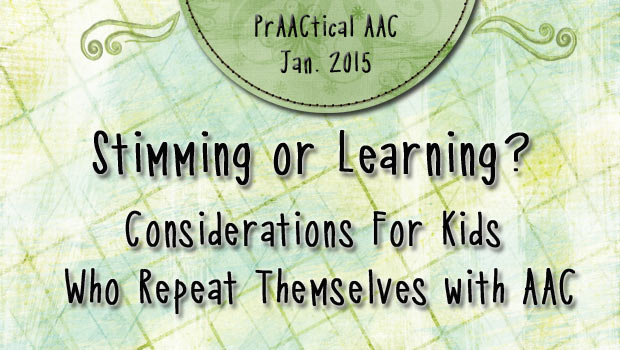
At the CARD 2015 conference earlier this month, I had some great conversations with professionals who wanted to integrate more AAC into their work with beginning communicators. One of the issues that came up was this: What about kids who keep using their AAC to say the same thing over and over? Here are some of the things we discussed. For beginning communicators, repetition is part of exploration. And exploration is part of language learning. Extinguish repetition and we have effectively shut down a tool for language development. Turning off the device, taking it away, or turning the volume controls to silent is NOT an option. (Whew! I can’t tell you how happy I was to hear consensus on that point!) No feeling person would tape the mouth of a speaking child to keep them quiet, and this is the AAC counterpart. Silencing a person by restricting access to their... [Read More...]
January 26, 2015
by Carole Zangari -
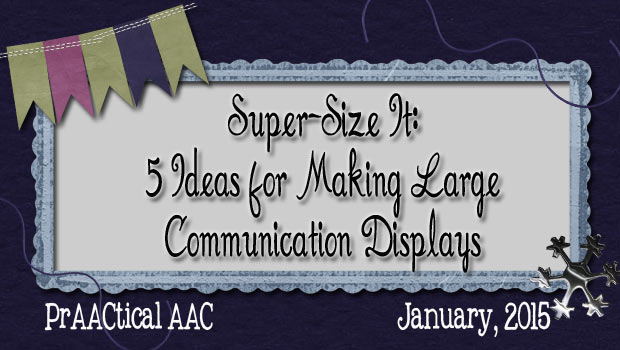
One of the coolest things about 2014 was that it seemed like the field of AAC reached a tipping point regarding the idea of aided language input. There are some differences in terminology (e.g., aided language stimulation, aided modeling), but the Big Idea is this: To teach AAC, be a speaker of AAC. Learners need competent language models, and if we’re not using the AAC ourselves, chances are that no one else is easier. If you don’t think that’s a problem, try learning a foreign language from a teacher who doesn’t speak it to you. Not the most enjoyable, effective, or efficient way to learn. I had such a great visit to schools in Oakland, Michigan this fall, and one of the (many) highlights was being in classrooms where teachers and SLPs are taking this to heart. True, they have some great AT leadership and had lots of training, but... [Read More...]
December 27, 2014
by Carole Zangari -
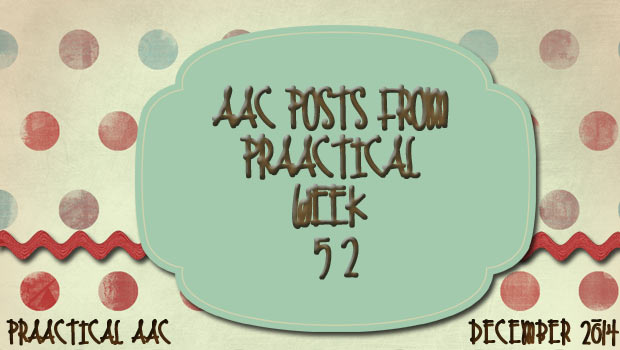
Sunday – Video of the Week: Aided Language Input During Book Reading Monday – AAC Learning Takes Time Tuesday – Communicating with People Who are Learning to Use AAC: 5 Strategies We Can’t Live Without Wednesday – Watch It Wednesday: Completely PrAACtical Thursday – Happy Holidays! Friday – PrAACtical Resource: Feature Match Chart
November 22, 2014
by Carole Zangari -
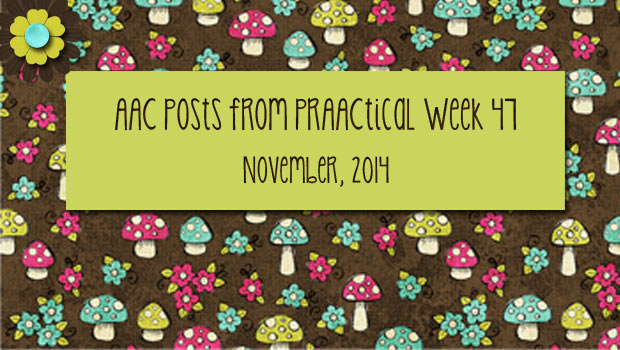
Sunday: Video of the Week – Aided Language Input in Conversation Tuesday: Teach Me Tuesday: Communicator Wednesday: Watch it Wednesday – I Am Able Thursday: Throwback Thursday: Teaching Core Vocabulary
September 8, 2014
by Carole Zangari -
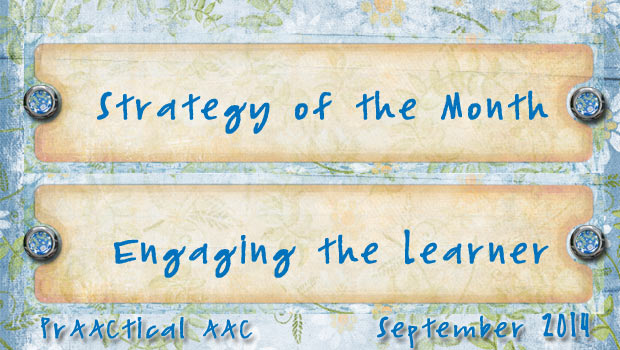
Summer is over in our part of the world and that means we get the opportunity to work with a whole new crop of students and clients. There is so much for beginning clinicians to know about providing AAC services that it is intimidating at best and overwhelming in most cases. In previous posts we’ve written about expectations, goal-setting, intervention strategies, therapy activities, reinforcement, feedback, and the like. This month, we’ll focus on a construct that permeates everything: engagement We all know what it looks and feels like when a client is engaged, but how do we make that happen? Here are some thoughts. 1. Start by presuming that your client is a learner on his/her way to developing competence. Good intervention, consistent language models, the right tools, and plenty of practice will move them along the journey toward improved communication. It’s important that, as clinicians, we truly believe that.... [Read More...]
September 5, 2014
by Carole Zangari -
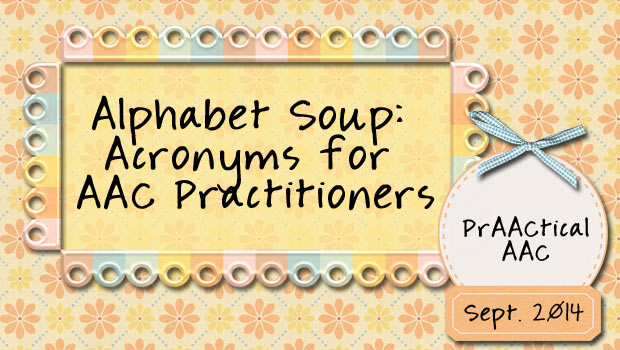
We’re excited about the passion and enthusiasm for AAC shown by many new SLPs and graduate student clinicians. One of the things they sometimes struggle with in reading and writing reports is the number of acronyms that we tend to use. This is always a problem in clinical and scholarly writing, but when the field is incredibly diverse and transdisciplinary, the challenges multiply. Here’s a starter list of acronyms* and their meanings. Many, MANY thanks to those who helped us create this list on the PrAACtical AAC Facebook page. AAC-RERC – AAC Rehabilitation Engineering Research Center ACOLUG – Augmentative Communication Online Users’ Group AiLS, ALgS, and ALs – Aided language stimulation ALI – Aided language input ALS – Amyotrophic lateral sclerosis AOTA – American Occupational Therapy Association APTA – American Physical Therapy Association ASD – Autism spectrum disorder ASHA – American Speech Language Hearing Association AT – Assistive technology ATIA... [Read More...]
June 26, 2014
by Carole Zangari -
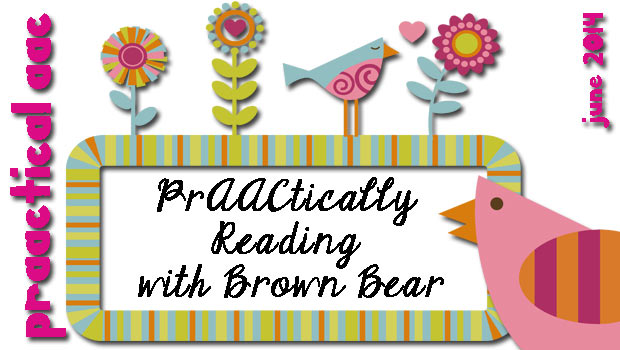
There are so many wonderful things about reading with kids, and practicing AAC is one of them. Every month, we’ll try to pick a book and provide some prAACtical suggestions for how to read it and sneak in some opportunities for receptive and expressive AAC use. You can make book-specific screens, overlays, or boards, but we favor a more powerful approach: use core vocabulary as your base and supplement with words specific to that book. Need some core language displays? There are many floating around, but here’s a link to ours if you need some more. We thought we’d start off this series with a book that is familiar to most, if not all, of you. Pull it off your shelf, find your prAACtical pal, grab that core language board, get to a cozy spot, and let’s get started. PrAACtically Reading with Brown Bear Brown Bear, Brown Bear, What Do... [Read More...]
June 23, 2014
by Robin Parker -
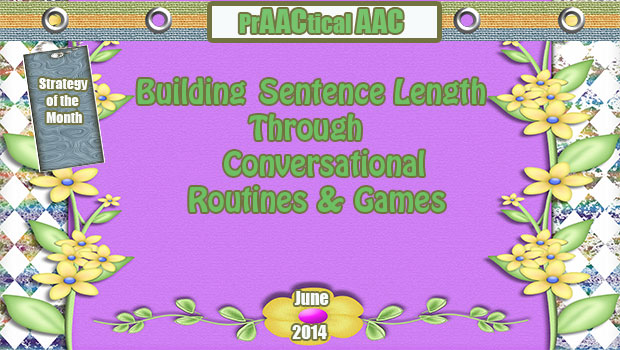
Building sentence length beyond the simple sentence level can be a lot of fun for those of us who love language. Additionally, and even more important, expanded sentences can provide communication impact and power to the communicator. Expanded sentences usually means moving from the simple to complex sentence. As Carole mentioned last week, we often begin with conjunctions like ‘because’, ‘but’, ‘so’, ‘if’, before’, after’. Here are some ideas for conversational routines and games that allow for frequent repetition with variety as well as strong communication power that will help with making it worthwhile to use longer sentences. “Pretty Please” Routine- This routine involves using ‘because’ to negotiate with longer sentences. This routine is reserved for requests that are possible but not always honored. In the case of teaching, we start with requests that can be honored if “pretty please because I worked hard or some other reasonable reason is... [Read More...]









